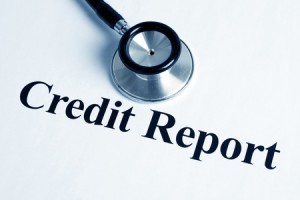3 steps to take when you have no credit history
 You might think that paying your bills and never incurring any debt would make you a good candidate for a mortgage loan. But without any evidence to show that you can handle debt, financial institutions see you as a big risk.
You might think that paying your bills and never incurring any debt would make you a good candidate for a mortgage loan. But without any evidence to show that you can handle debt, financial institutions see you as a big risk.
Here are three easy steps you can take to create a simple history of credit that will appeal to mortgage lenders.
Get a credit card
It might seem silly to apply for a credit card when you can make purchases with the debit card from your bank, but there’s a reason only one of them is called a “credit” card. Because the money used for debit-card transactions comes straight from your bank account, you’re not borrowing money for purchases—you’re electronically transferring funds.
Most consumers qualify for some type of credit card despite a lack of credit history—you may end up with a lower spending limit and higher interest rates or fees. But if you can’t qualify for one, consider a secured credit card. It works like a normal card except that you must put down a security deposit.
Use the card
If you don’t make purchases on the card, you can’t demonstrate that you’ll pay back the money. A good way to start is with regular monthly bills. Many utilities allow you to autopay their bills with your credit card—and you’ll get a discount for doing so. A good rule of thumb is to limit your monthly usage to less than half your credit limit. Going any higher might adversely affect the credit history you’re working so hard to build.
Always, always pay on time
Ideally, you’d pay off your bill every month. But even carrying a balance won’t hurt your credit as long as you pay the minimum amount required. You must not pay late or otherwise fall behind.
Building a good credit history isn’t complicated, but it takes time. After a few months of showing how you can responsibly manage debt, mortgage lenders will have a much better idea of what kind of loan candidate you are.








